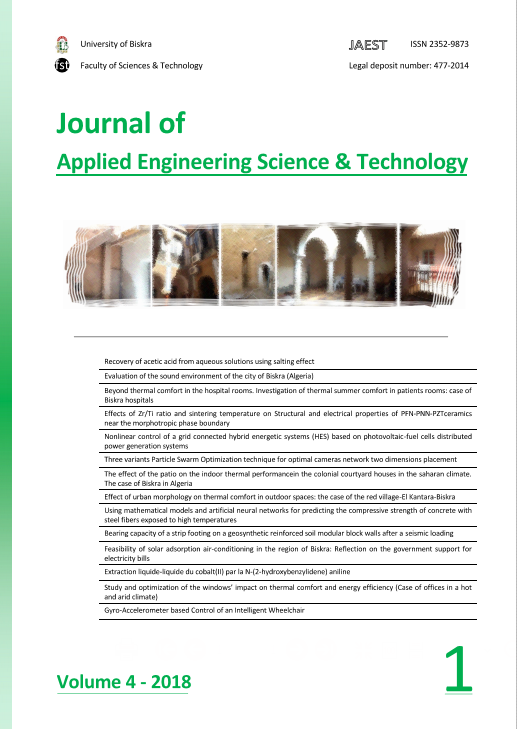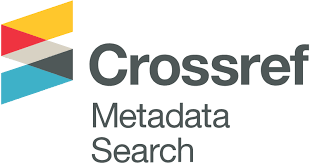Gyro-Accelerometer based Control of an Intelligent Wheelchair
DOI:
https://doi.org/10.69717/jaest.v4.i1.57Keywords:
Electric wheelchair, Head gesture, MEMS sensors, Kalman filter, Ultrasonic sensorAbstract
This paper presents a free-hand interface to control an electric wheelchair using thehead gesture for people with severe disabilities i.e. multiple sclerosis, quadriplegic patients and oldage people. The patient head acceleration and rotation rate are used to control the intelligentwheelchair. The patient head gesture is detected using accelerometer and gyroscope sensorsembedded on a single board MPU6050. The MEMS sensors outputs are combined using Kalmanfilter as sensor fusion to build a high accurate orientation sensor. The system uses an Arduinomega as microcontroller to perform data processing, sensor fusion and joystick emulation tocontrol the intelligent wheelchair and HC-SR04 ultrasonic sensors to provide safe navigation.Thewheelchair can be controlled using two modes. In the first mode, the wheelchair is controlled bythe usual joystick. In the second mode, the patient uses his head motion to control the wheelchair.The principal advantage of the proposed approach is that the switching between the two controlmodes is soft, straightforward and transparent to the user.
Downloads
Downloads
Published
Issue
Section
License

This work is licensed under a Creative Commons Attribution-NonCommercial 4.0 International License.













